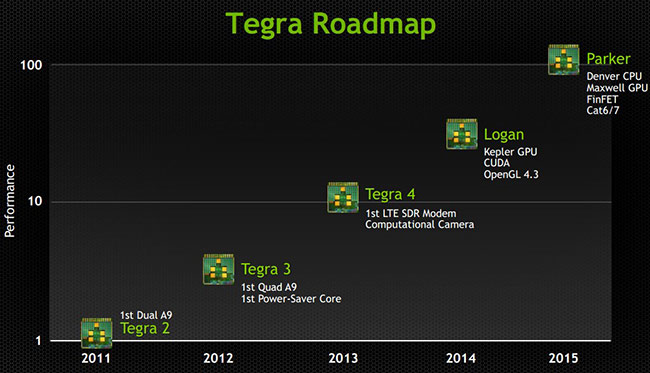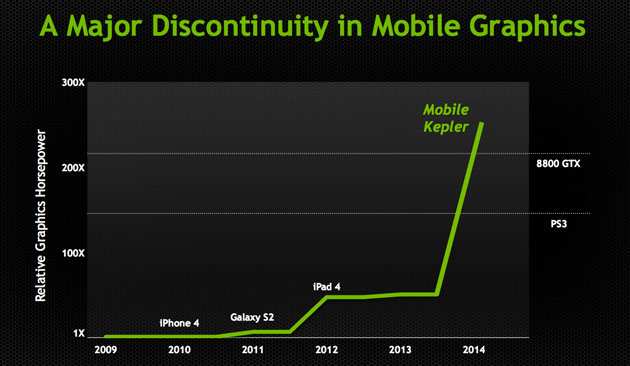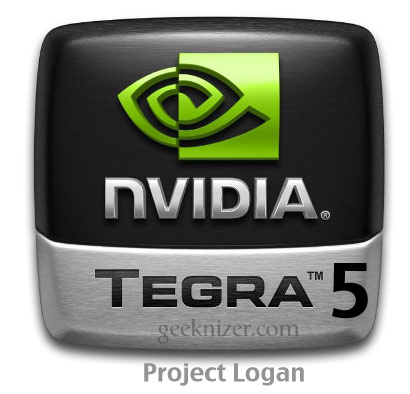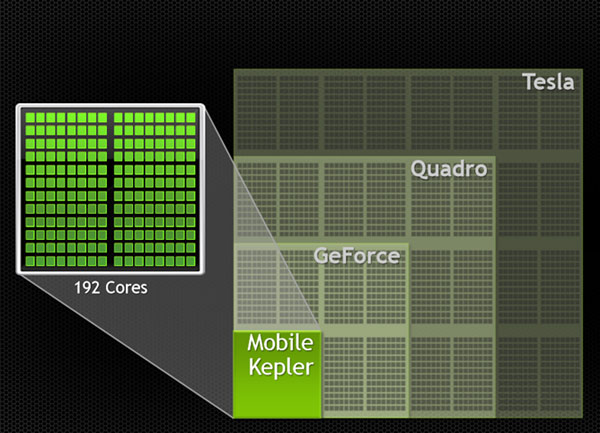Nvidia Tegra 4 hasn’t even hit the mainstream consumer devices and Nvidia has already developed and showcased the Next generation Mobile GPU: Nvidia Tegra 5: codenamed Kepler.
Kepler Mobile GPU latest upcoming 28nm GPU that matches performance of GeForce GTX 600 and 700 graphics cards, with some tradeoffs.
The mobile version of Kepler uses the same GPU architecture as the desktop, laptop and workstations, but 250 – 300watts of power consumption reduced down to 2 to 3 watts of mobile paradigm.
Nvidia create “Ira” the most natural looking Human face ever simulated using graphics. Ira has human like bumps, blemishes, details, depth, and near-real refractive skin tones, all responding well to dynamic lighting and shadows. Ira was used to showcase capabilities of Desktop Kepler GPU, the same (with minor loss of detail) has been used to showcase what Mobile Kepler is capable of doing.
Ira facial expressions are rendered in real-time. It was first demoed on GeForce GTX Titan Desktop GPU:
This is how it looks on Mobile Kepler (Tegra 5):
Its pretty impressive for mobile generation GPU, but it isn’t as impressive as the Desktop counterpart. Nevertheless, this is the most amazing Mobile graphics ever rendered.

Tegra 5 vs. Desktop GeForce
Like the Desktop counterpart: FullHDR lighting, FXA anti-aliasing, Bloom, Tone mapping, Auto-exposure, same environment moving light, and same deep tissue scattering. Notice the light filtering through ears, there is no cut down in sub-surface scattering.
On Titan uses Uber skin-shader that uses several passes and several render targets to create the most Real-looking skin. On Logan (Tegra 5), each shader has been simplified to use a single-pass, smaller textures and fewer render targets. This all comes at slightly lower detail. Ira on mobile runs on 1920×1080 instead of 4K on Titan.
Over the time of Ira on Titan demo, Ira has got facelifts in: Light refracts more realistically around pupil, tear duct layers around eyes, a nice blend between skin and eyes so that it looks more realistic.
A more pertinent demonstration is NVIDIA’s Island video, running on the same prototype Logan/Kepler mobile hardware. This one is focused on graphical tessellation, dynamically enhancing the polygonal models for the player’s viewpoint. This allows a game or video to efficiently simulate more detail as the viewpoint shifts. Check out the water effects as well – very impressive.
Related: Tegra 4 vs. Snapdragon 800 Performance

Logan GPU consumes 2watts, which less than 33% of the power of the GPU in the iPad 4. And its more powerful than PS3 GPU, and 8800 GTX.
Game Developers rejoice
Mobile Kepler supports the new OpenGL 4.4 API, as well as OpenGL ES 3.0 and DirectX 11. It also supports CUDA. Mobile Kepler has good anti-aliasing and post-processing capabilities, along with motion blur, depth of field, and global illumination effects. Outside of graphics, Kepler can be implemented for augmented reality, speech recognition, and general imaging.
Tegra 5 will be available around sometime in 2014.
Tegra 5 is a huge step forward, it brings the mobile performance one step closer to PC, laptops.
We write latest and greatest in Tech Guides, Apple, iPhone, Tablets, Android, Open Source, Latest in Tech, subscribe to us @geeknizer OR on Facebook Fanpage, Google+.
loading...
loading...


